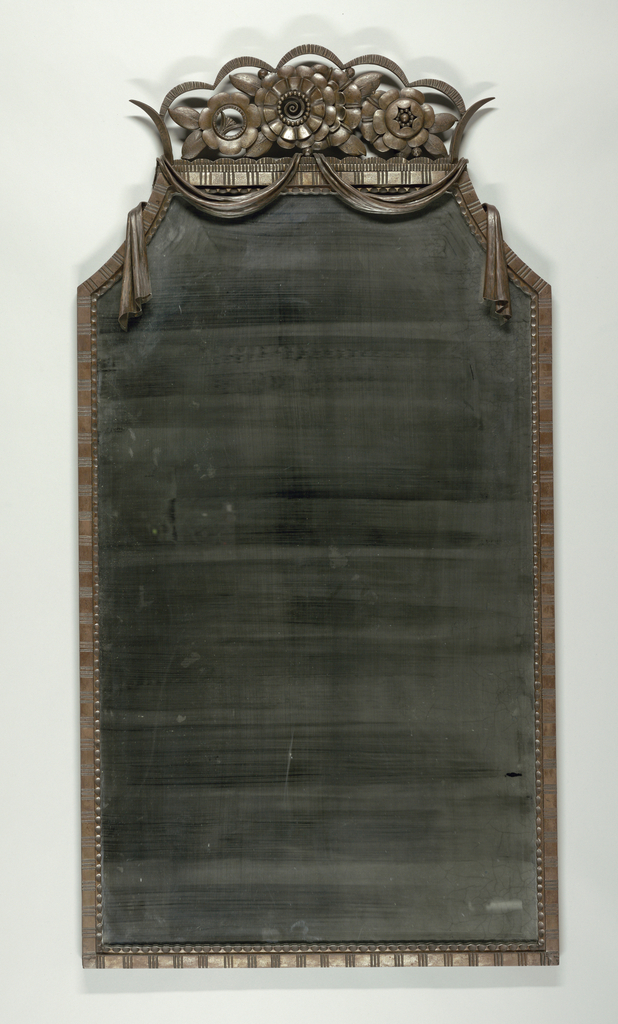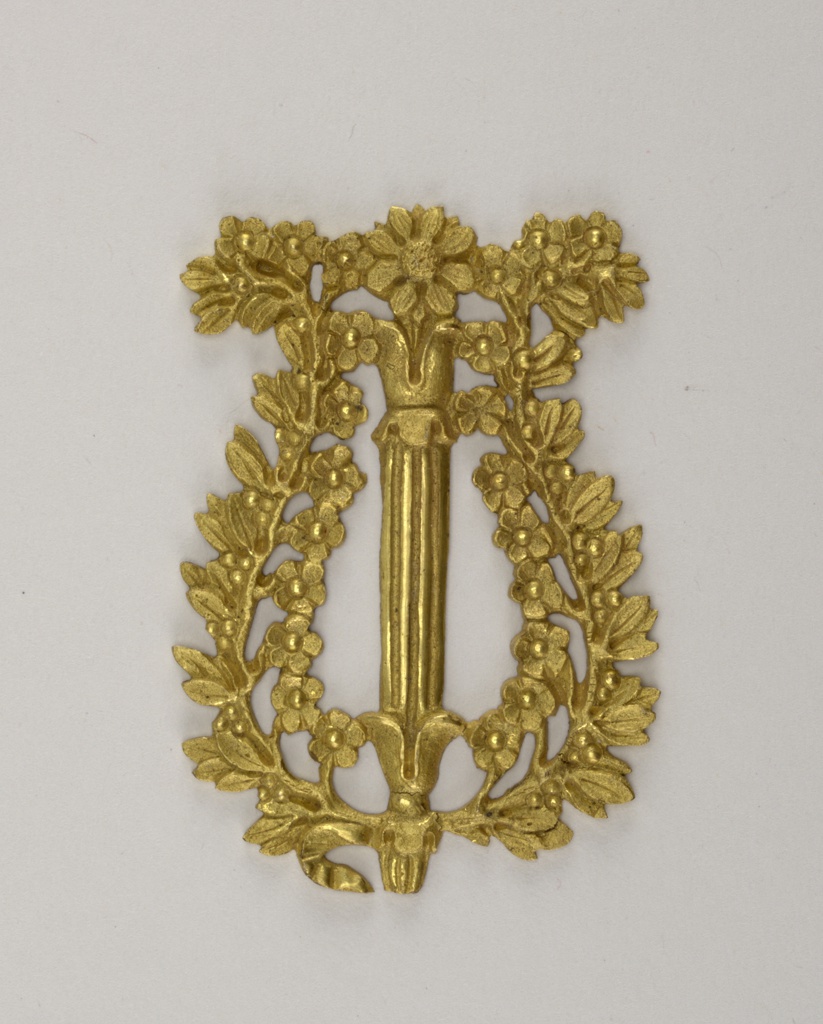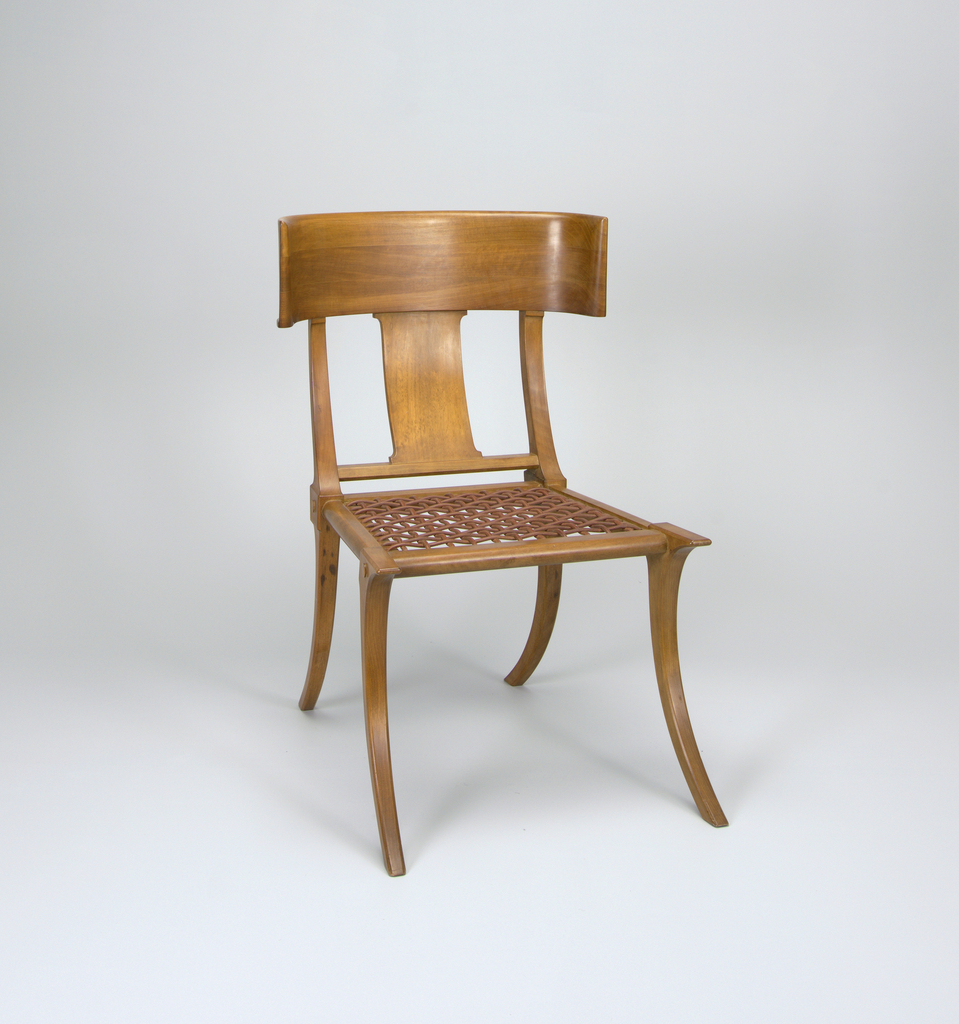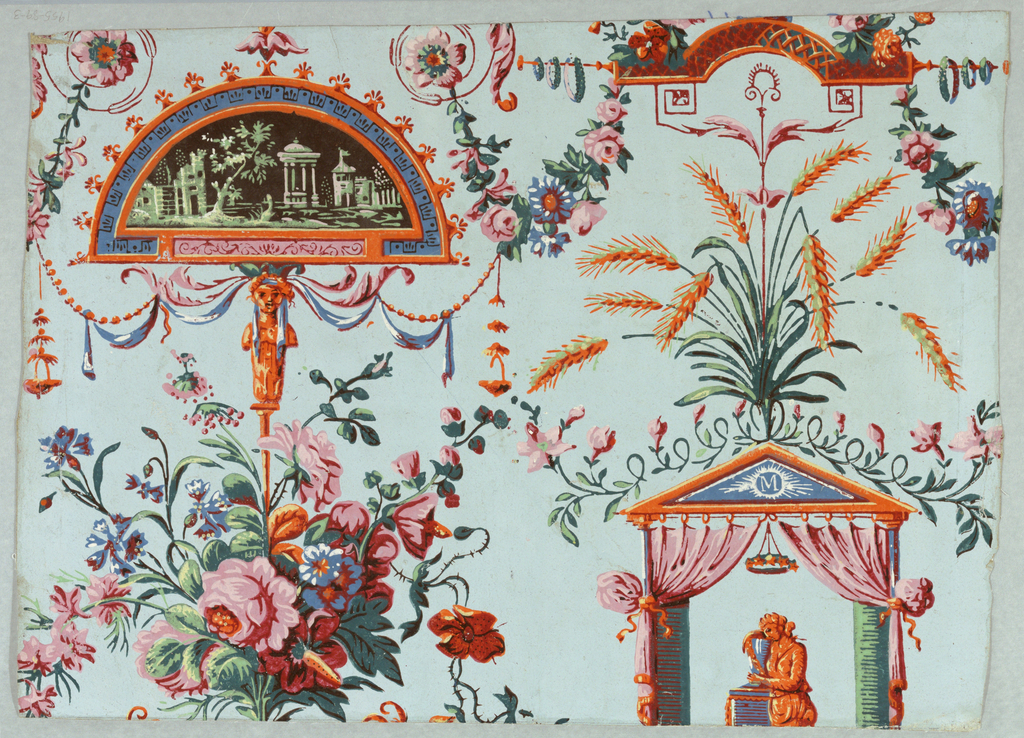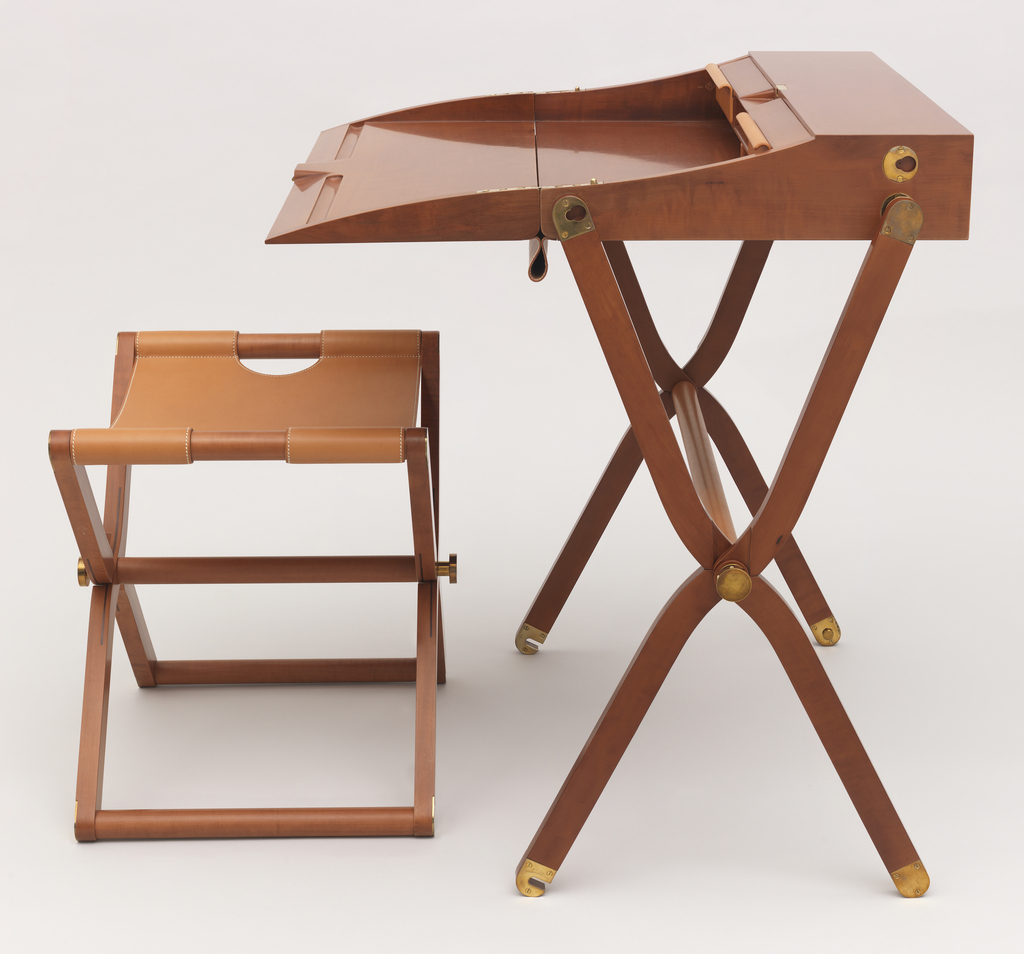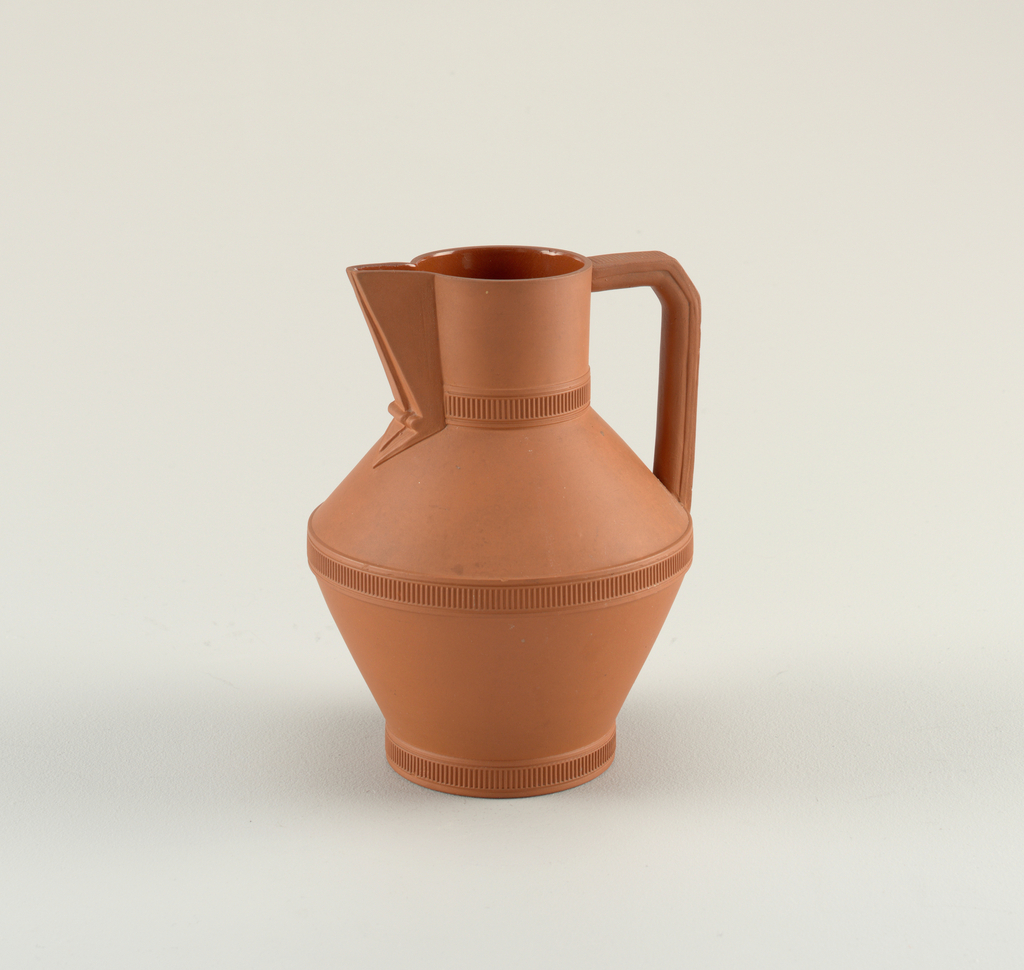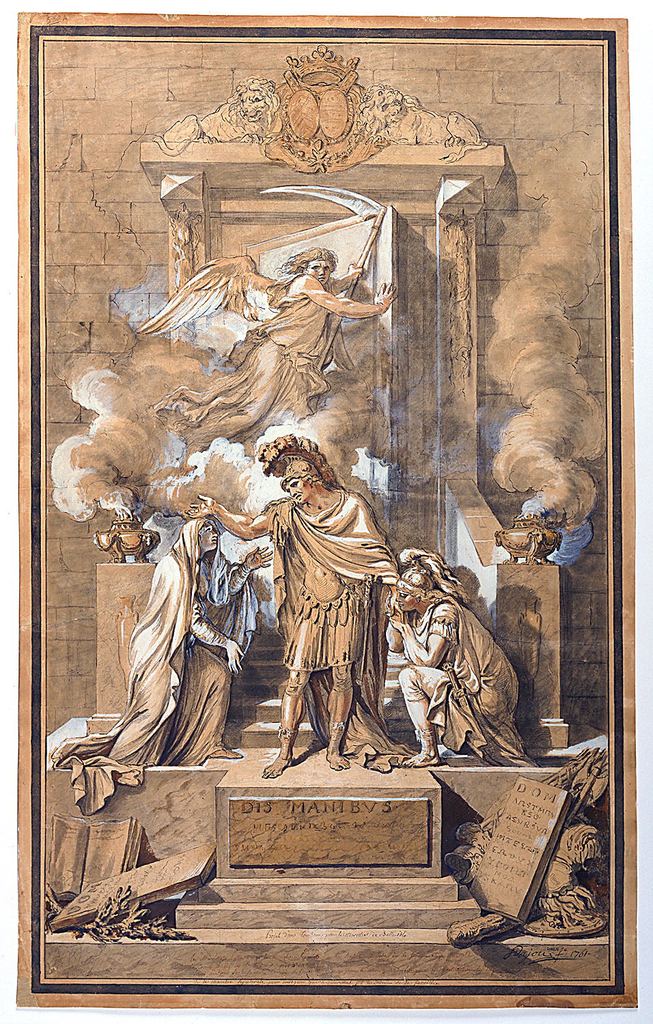This post was originally published on December 12, 2015. The French designer Edgar Brandt spurred a revival of interest in interior furnishings made of iron in the 1920s. His participation in the 1925 Paris Exposition won him great praise. Brandt’s ironwork was admired throughout the fair; he designed the gates of the front entrance, his...
Gilt bronze furniture mounts have long been an element of decoration in French interiors. In addition to their use as ornament, they were highly functional. Their gilded surfaces added value and appeal to what would typically be a basic utilitarian purpose: protection for furniture. The mounts were generally fixed to the edges, corners, and feet...
The concept of “eternal” style is a bit of an oxymoron, after all, many of today’s producers and designers roll out new and improved models on a regular basis. Thinking about cars, phones, and electronics it is easy to fall prey to the idea that everything is expendable and that each new item is better...
Wallpaper production was dominated by French manufactures in the 18th and 19th centuries, a time period which is often regarded as the “golden age” of wallpaper. The quality of design and material, as well as the quantity of paper created aptly distinguishes this period. Starting around the mid-18th century, French manufactures and designers were able...
This desk and stool, designed by Rena Dumas with Peter Coles for the Paris-based luxury brand Hermès, are made of pearwood, leather and polished brass, all lavish and sensuous materials. They are part of the firm’s Pippa furniture collection, along with eight other pieces. Space-saving collapsibility is a convenience not usually associated with luxury furniture....
During the Victorian era, Christopher Dresser vigorously designed household objects in a multitude of materials. He designed ceramics, metal, glass, and much more. This versatility was part of his brilliance as a commercial designer. While paying attention to both ornament and form throughout his career, Dresser’s attention shifted more toward form after visiting Japan in...
The French designer Edgar Brandt spurred a revival of interest in interior furnishings made of iron in the 1920s. His participation in the 1925 Paris Exposition won him great praise. Brandt’s ironwork was admired throughout the fair; he designed the gates of the front entrance, his work featured in Ruhlmann’s pavilion, and he staged an...
This highly finished drawing is a design for a tomb by the French academician and sculptor Augustin Pajou (1730-1809). Dated to 1761, the drawing is executed with pen and wash and heightened with white gouache, and is signed and dated by the artist in the lower right corner. This tomb design is an innovative composition...
